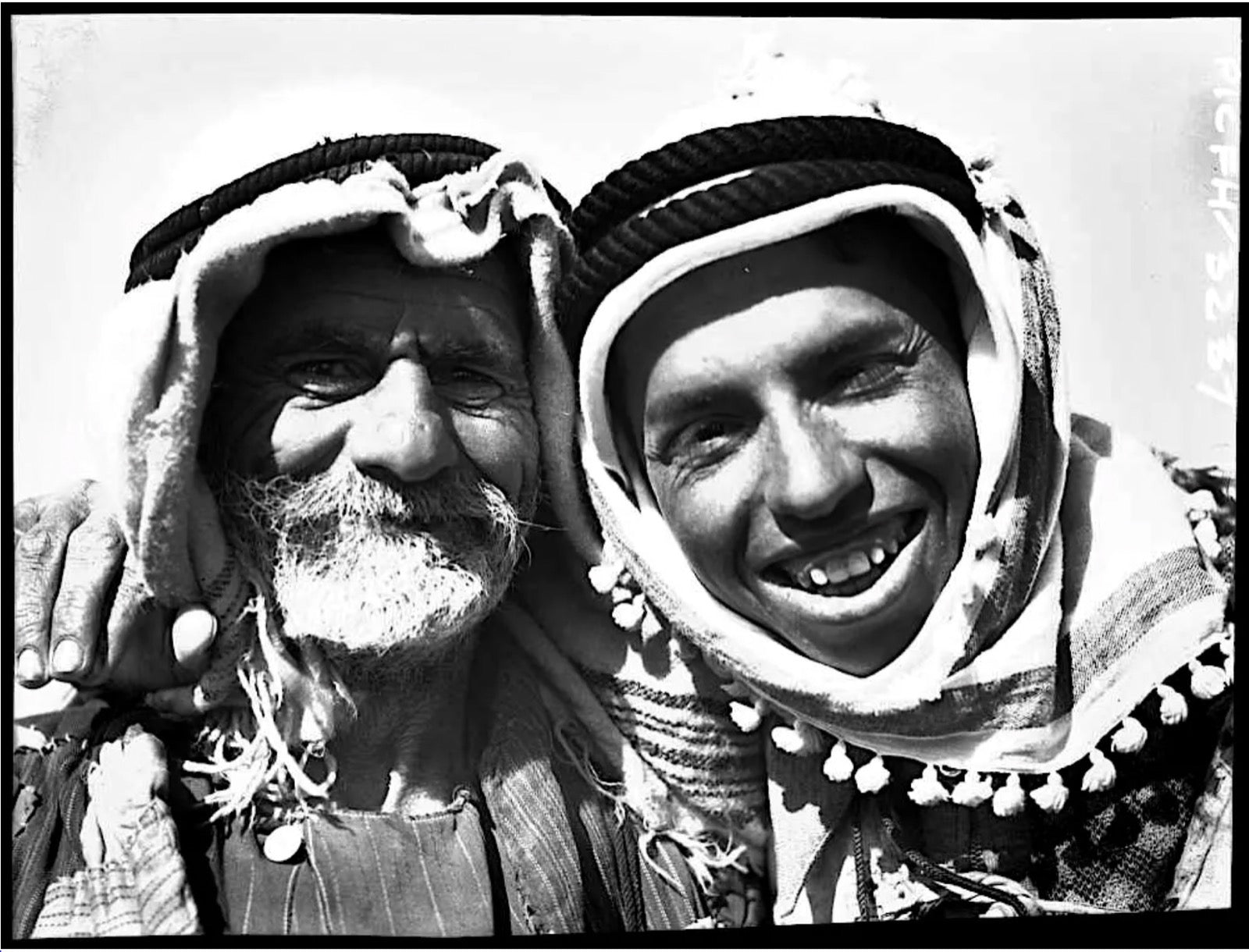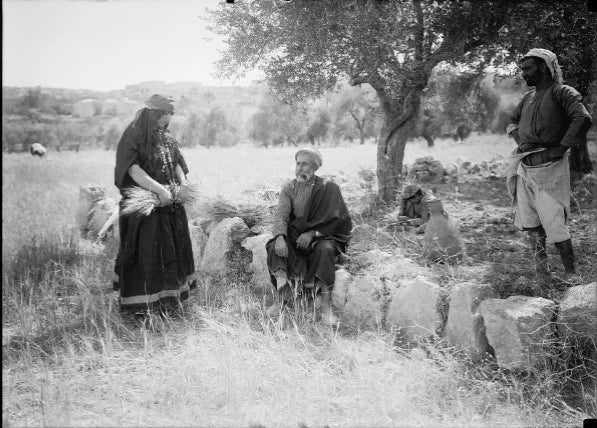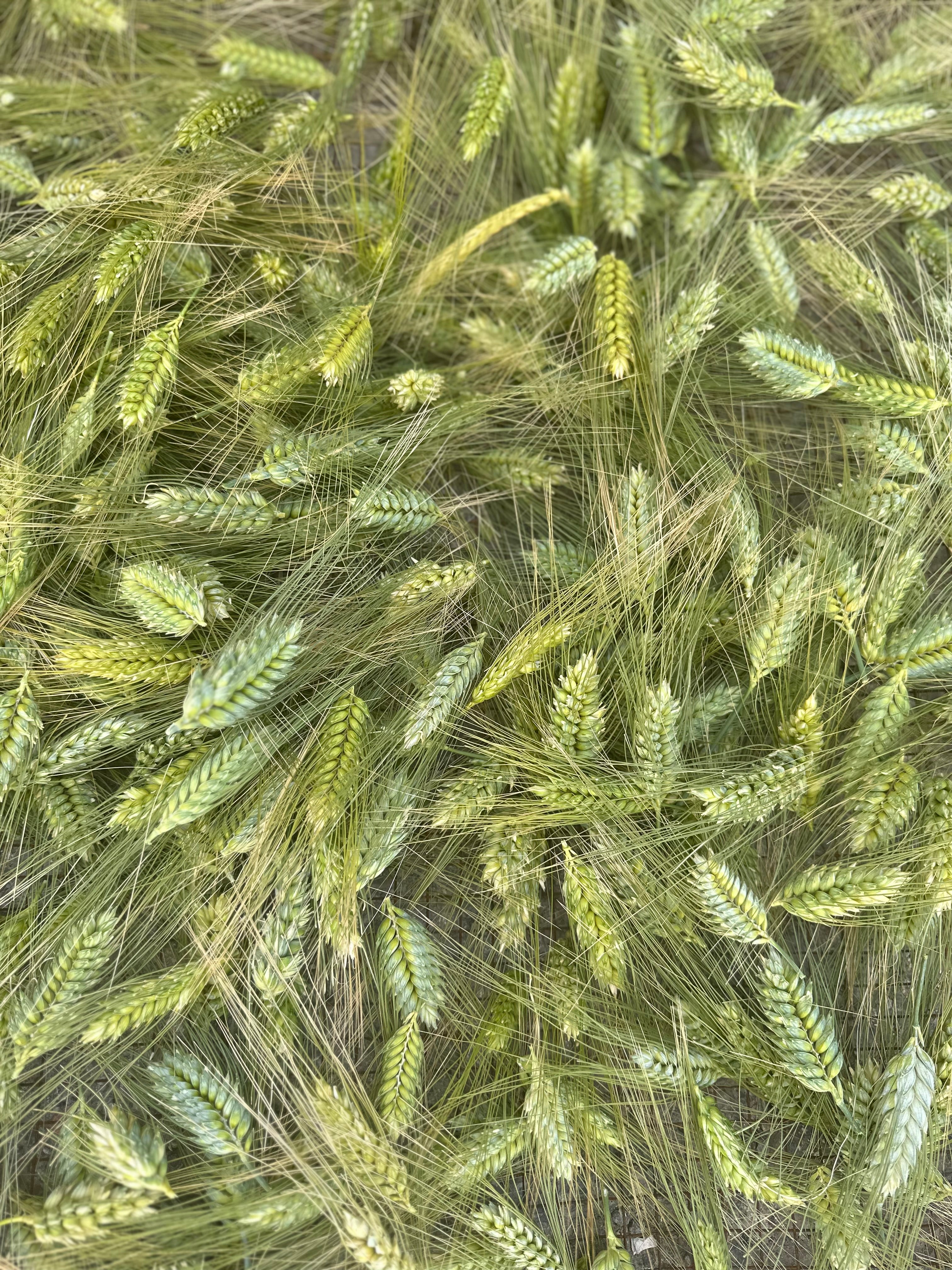
The Nakba: Remembering the Dispossessed Palestinian Villages
75 years ago, the Nakba, or Catastrophe, happened and continued happening, because our Catastrophe and loss has never been addressed, to this day. May 15 marks the mass expulsion of over 750,000-850,000 Palestinians from their homes, the destruction of around 530 villages, and the murder of almost 15,000 Palestinians. The devastation of this event has affected every Palestinian, and we continue to see the effects even today.
That’s why it’s vital to commemorate this day and remember the people whose lives were upturned. Today we’re highlighting the history of just a few of these villages across Palestine that were dispossessed to give you a sense of how far-reaching the devastation was.

The Al-Bassa village in the north of Palestine was nearly destroyed when the Zionist Haganah troops stormed it in May 1948. It was home to thousands of residents, who were forced to flee to other Palestinian villages or neighboring countries.

This village’s history can be traced almost two thousand years back. And with its success in producing and exporting olive oil and tobacco, this was a small but bustling community. It now houses the ruins of the homes and mosques that were once inhabited.
Al-Musrara in Jerusalem was split in two during the Nakba. This neighborhood is what became western Jerusalem, where Israelis took over Palestinian homes. And as much of the fighting in 1948 drove Palestinians from their homes, many of these homes still have the names of the Palestinians families etched onto the walls today.

With over 750,000 Palestinians being displaced during the ethnic cleansing of the Nakba, we're looking at just one individual's recollection of the events. While this is only one account of the devastation, there are hundreds of thousands of similar stories across Palestine detailing this life-altering destruction.
This is Khadra – she’s 94 years old. She was originally from the village of Abaseye, but now lives in Aqbet Jabr refugee camp in Jericho. Located 13km east of Jaffa, her village was destroyed in the devastation of 1948.

According to Khadra’s memories, she was only 18 when she and her family were forced from their home in Abaseye. Khadra, her husband, and their two children found themselves in Ramle until they were later moved to the Aqbet Jabr refugee camp.
The Nakba was devastating and life-altering for Palestinians, and it is still ongoing to this day. We take the time today to remember these villages, their history and stories, and the families it housed.

As we mourn for these families and homes, it is important to remember that we must continue to fight for a free Palestine today and every day.






Leave a comment
This site is protected by hCaptcha and the hCaptcha Privacy Policy and Terms of Service apply.